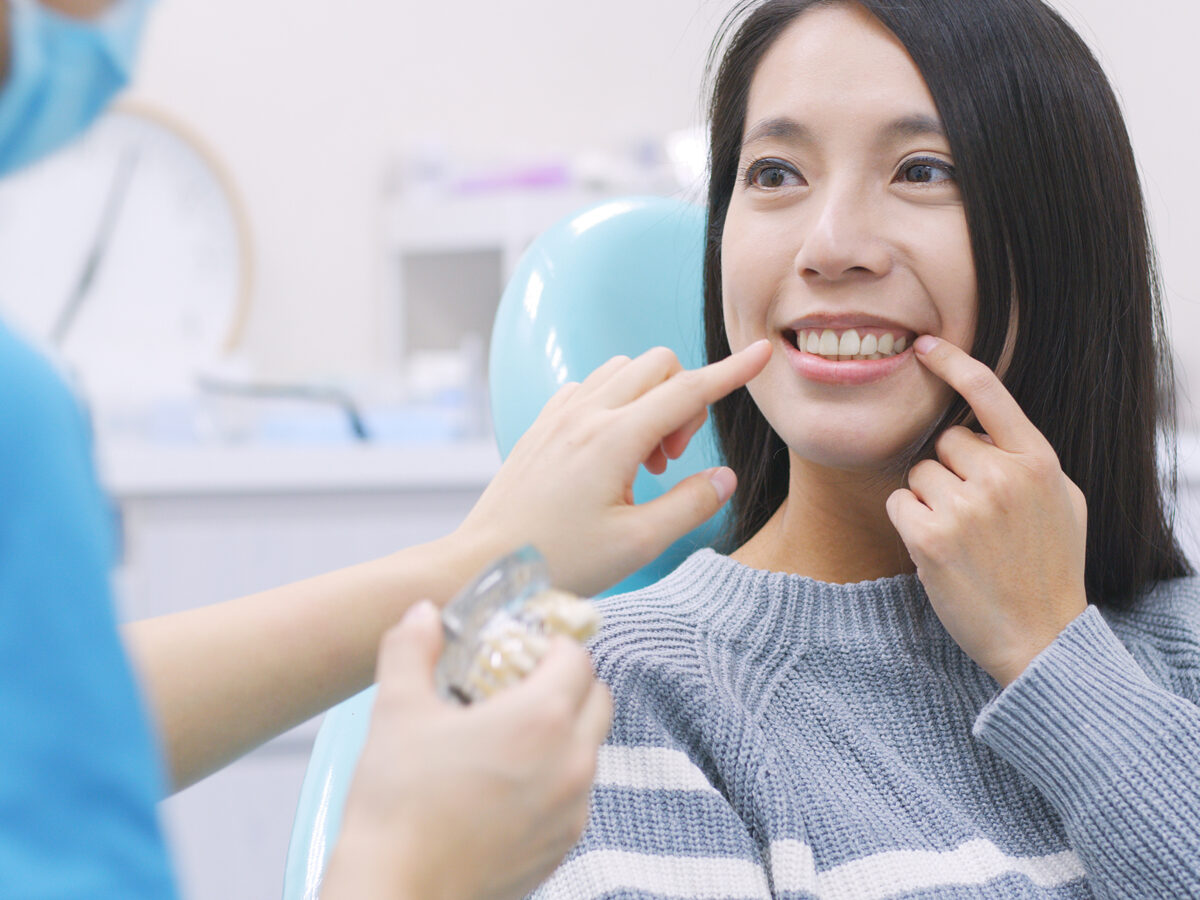Blog
Dental hygiene tips for healthy teeth & gums

Tips For Handling And Preventing Orthodontic Emergencies
Any type of emergency is inconvenient and needs immediate attention; the same applies to orthodontic emergencies. Though orthodontic problems rarely constitute a real emergency, accidents can happen anytime, which could give rise to an emergency.
Some examples of such emergencies are a broken tooth, intolerable pain or discomfort in teeth, or something in the braces breaking off. In any such situation, you first want to contact your dentist for advice on the best way to address the issue instantly and keep the treatment progress on schedule.
You can control certain emergencies by sending your orthodontist pictures of your issue and discussing it over the phone. But if the problem is manageable by others, then your dental professional may suggest a course of action you could take before s/he can meet you and attend to the situation.
In this article, you will find a few tips and methods that could help you prevent orthodontic emergencies and how to avoid them.
What Comprises a True Orthodontic Emergency?
Sometimes things do not go as planned with your aligners or braces, which could cause panic. But if you understand what minor problems are and what are true emergencies, you can better handle the situation and remain calm.
- Minor issues – It is rare to have true orthodontic emergencies, but you are prone to some common problems occasionally. Such issues do not require a visit to your dentist and can be resolved over the phone. A few of such issues are:
- Broken or loose wires.
- Poking wires
- Broken or loose brackets.
- Loss of Invisalign trays.
- General discomfort in the oral region.
- Orthodontic emergencies – This is a much more severe incident, and you must visit your dentist as soon as possible to rectify the issue.
Some of the severe conditions are:
- Major trauma or injury to the mouth, teeth, or face.
- Infection, swelling, or bleeding of teeth, face, or mouth.
- Severe pain in the mouth or face area, which does not subside by any treatment.
You need help from a skilled professional in any of the above circumstances immediately. You might even go to the emergency ward rather than your orthodontist, especially if your jaw or face is hurt.
How to Prevent and Handle Orthodontic Emergencies
When you have any kind of braces on (whether metallic or Invisalign aligners), you must avoid a few things during treatment to avoid any emergency.
- Preventing emergencies – To prevent any mishap from happening, you must take care of the following points while you have your aligners on:
- Type of food you eat – You must avoid certain foods that can damage your braces. In most general cases, you must wear braces for two years and ascertain their longevity. You should limit your intake of hard, chewy, sticky, and crunchy foods during treatment.
- Playing sports – It is not that you can not play any sport just because you have your braces on. But you need to exercise a few extra precautions. Wearing a mouthguard is the best way to protect your mouth and braces while playing sports.
- Brushing and flossing – Always brush and floss after your meals. It is easy for food particles to get stuck between tiny places in your brackets which can cause plaque. If plaque remains in your teeth for long, you can develop periodontitis (a severe gum disease) and tooth loss.
- Handling emergencies – You must remain calm when you face an orthodontic emergency. The next crucial step is to call your doctor and explain what happened to you, how you are feeling currently, and your symptoms or injuries. The success of what comes next depends on getting your orthodontist involved as soon as possible.
For minor emergencies, you can follow the instructions outlined below:
- Broken or loose brackets- If the bracket has fallen off, your orthodontist will replace them on your next visit. If the broken band is still attached to the wire and causing pain, leave it alone without connecting any elastic to it. You could use orthodontic wax so that it doesn’t irritate or scrape the insides of your mouth.
- Poking wires – Use clean tweezers, a cotton swab, or an eraser tip to put back protruding or poking wire. Alternatively, you could use orthodontic wax to cover the wire.
- Loose rubber bands – You could use tweezers to put back loose rubber bands in their place.
- Tooth pain – Teeth tend to loosen up a bit during orthodontic treatment; this means they are moving in the right direction. But this movement can cause tenderness, and a saltwater rinse twice daily can help you alleviate this pain. Placing a heating pad or warm washcloth on the outside of your jaw will also help relieve the discomfort.
- Cracking of plastic aligners – If you have plastic aligners or trays on and it cracks, you can continue wearing them. But if the tray breaks all the way, switch back to your previous tray so that your progress is on track, and contact your orthodontist for a new set of trays.
Orthodontic emergencies are not common, but if they do occur, it is essential to contact your orthodontist. They will suggest the next course of action or steps you can take before you can meet the orthodontist to solve the problem.


